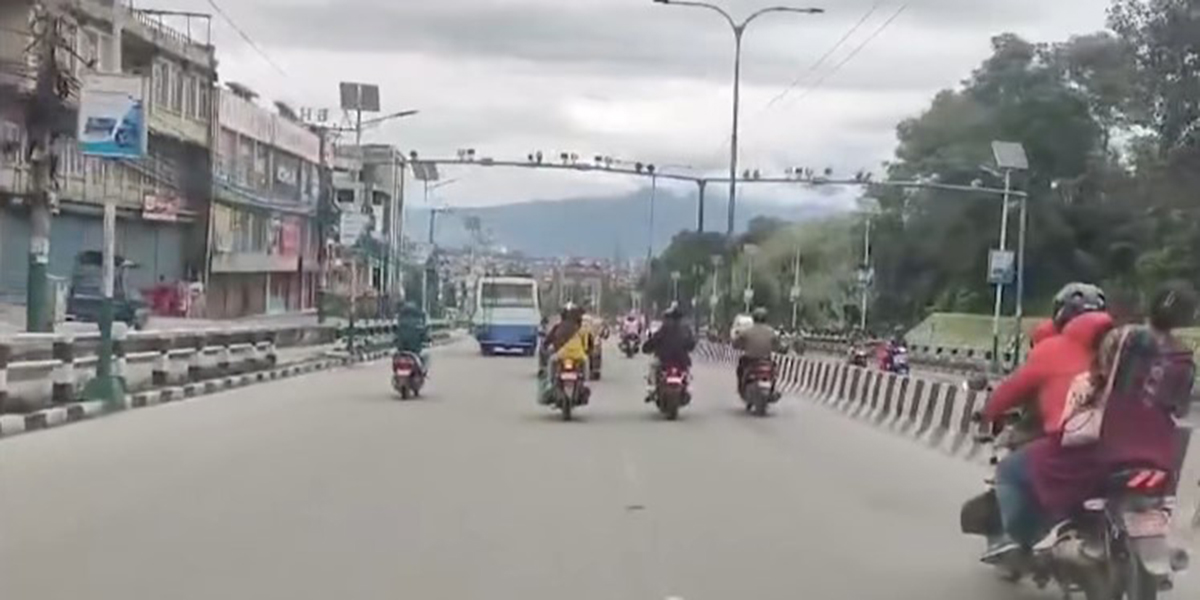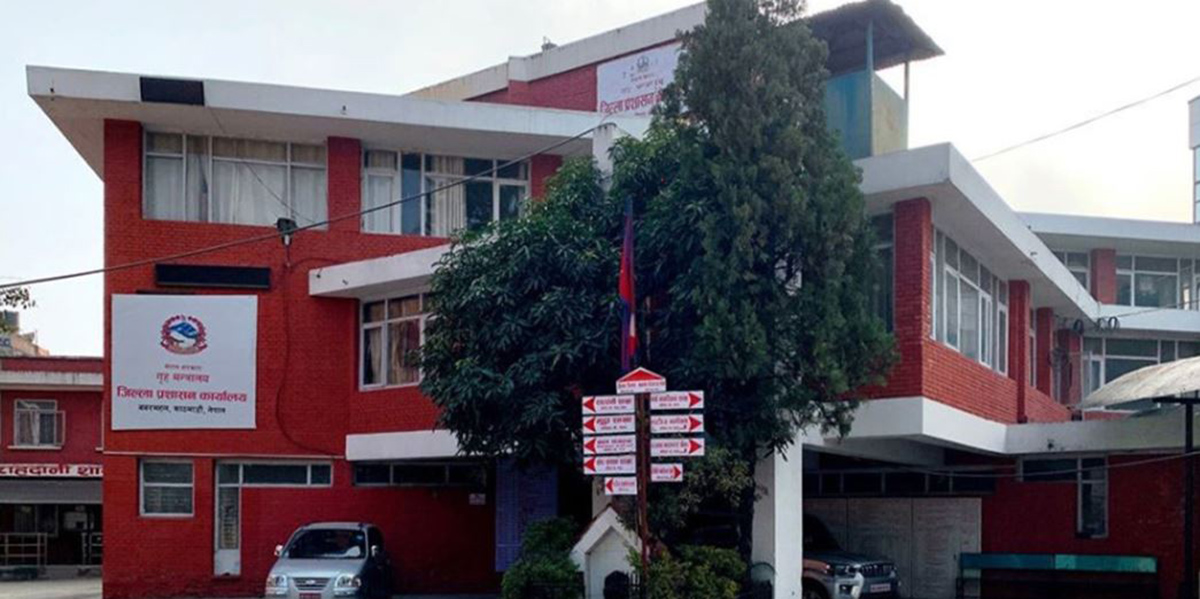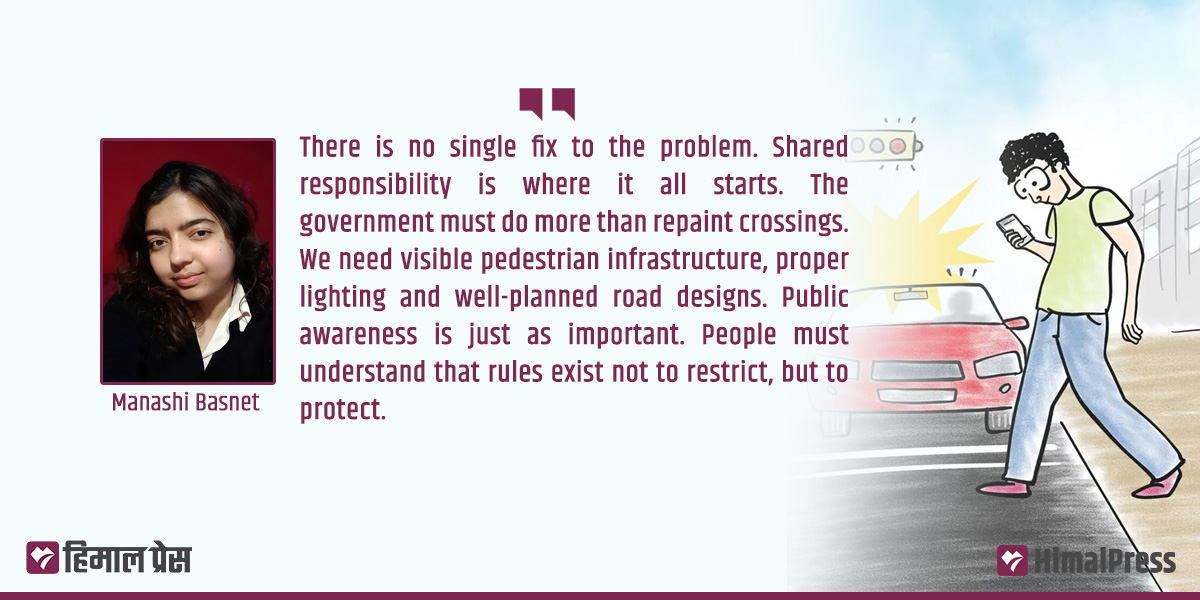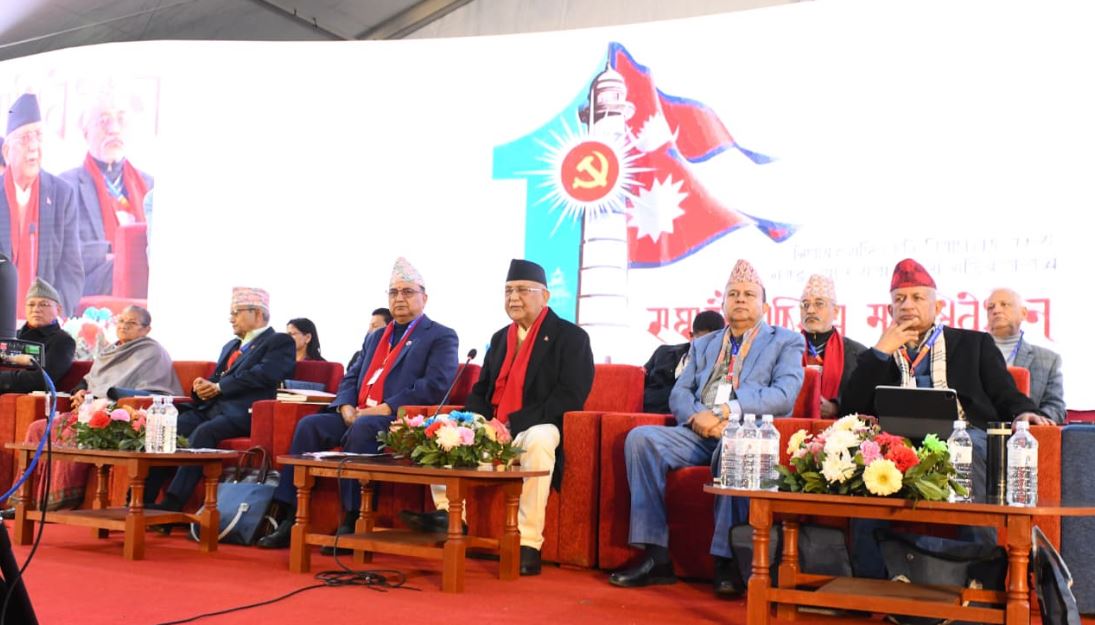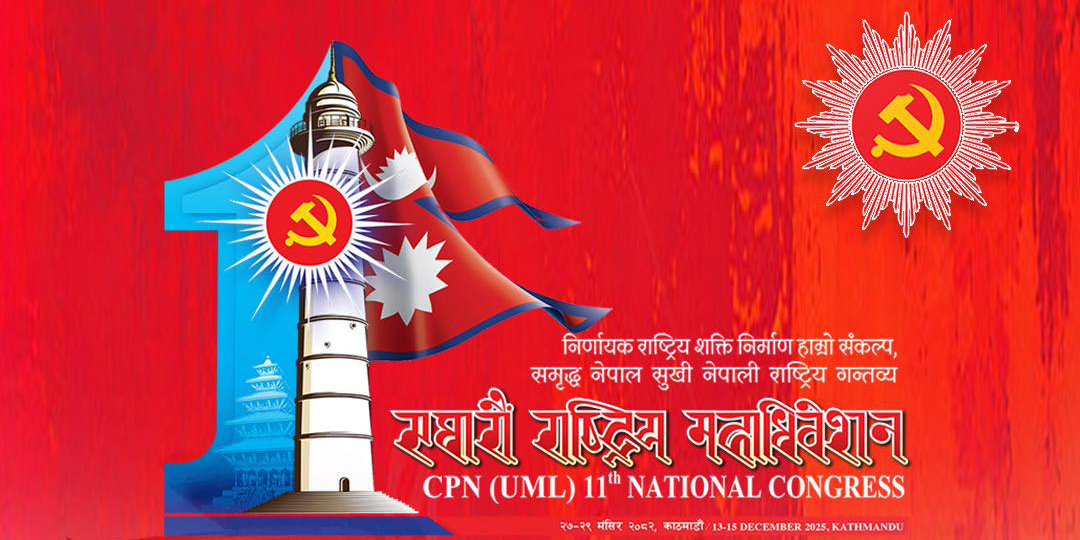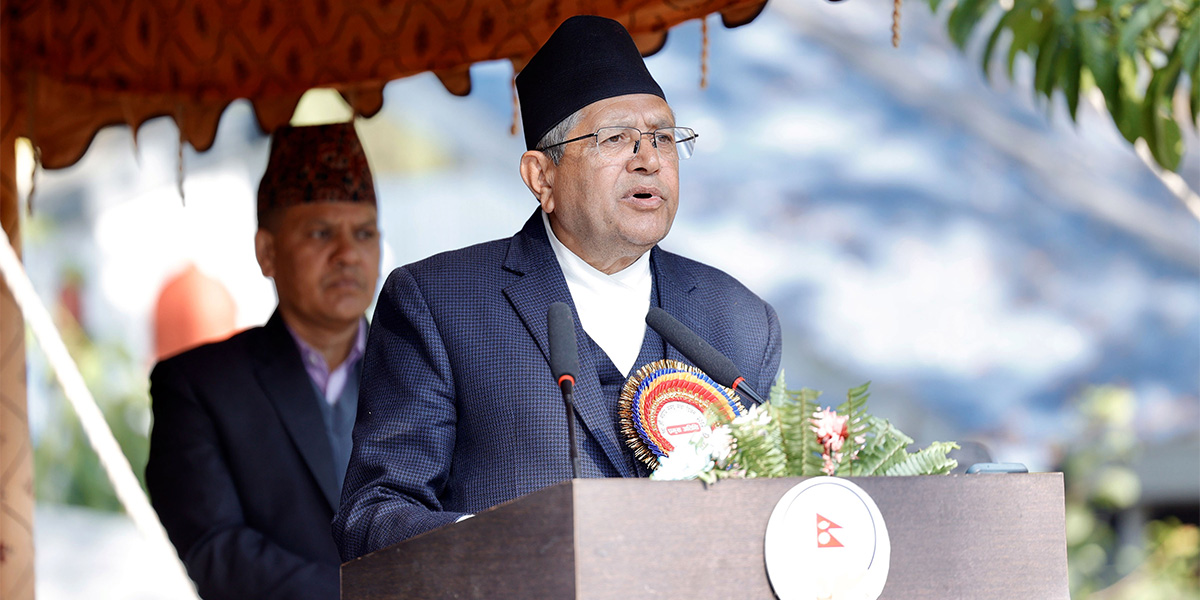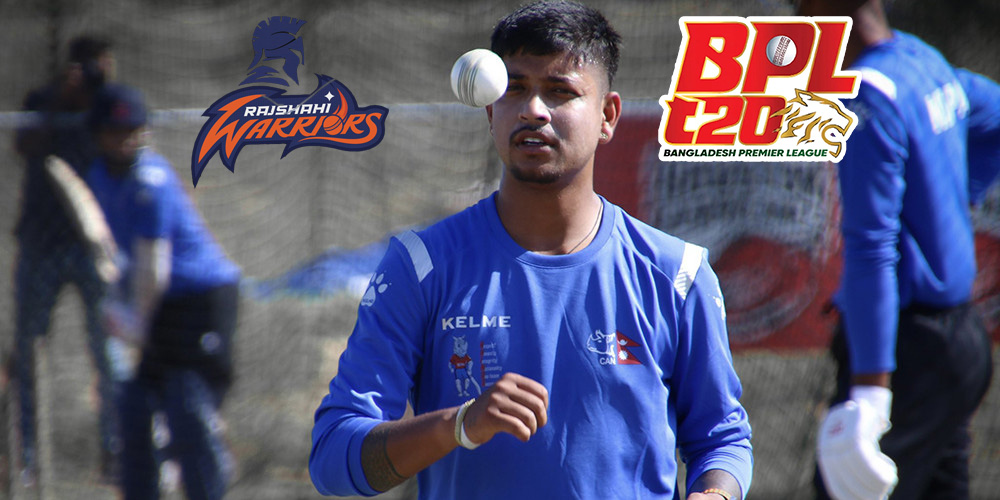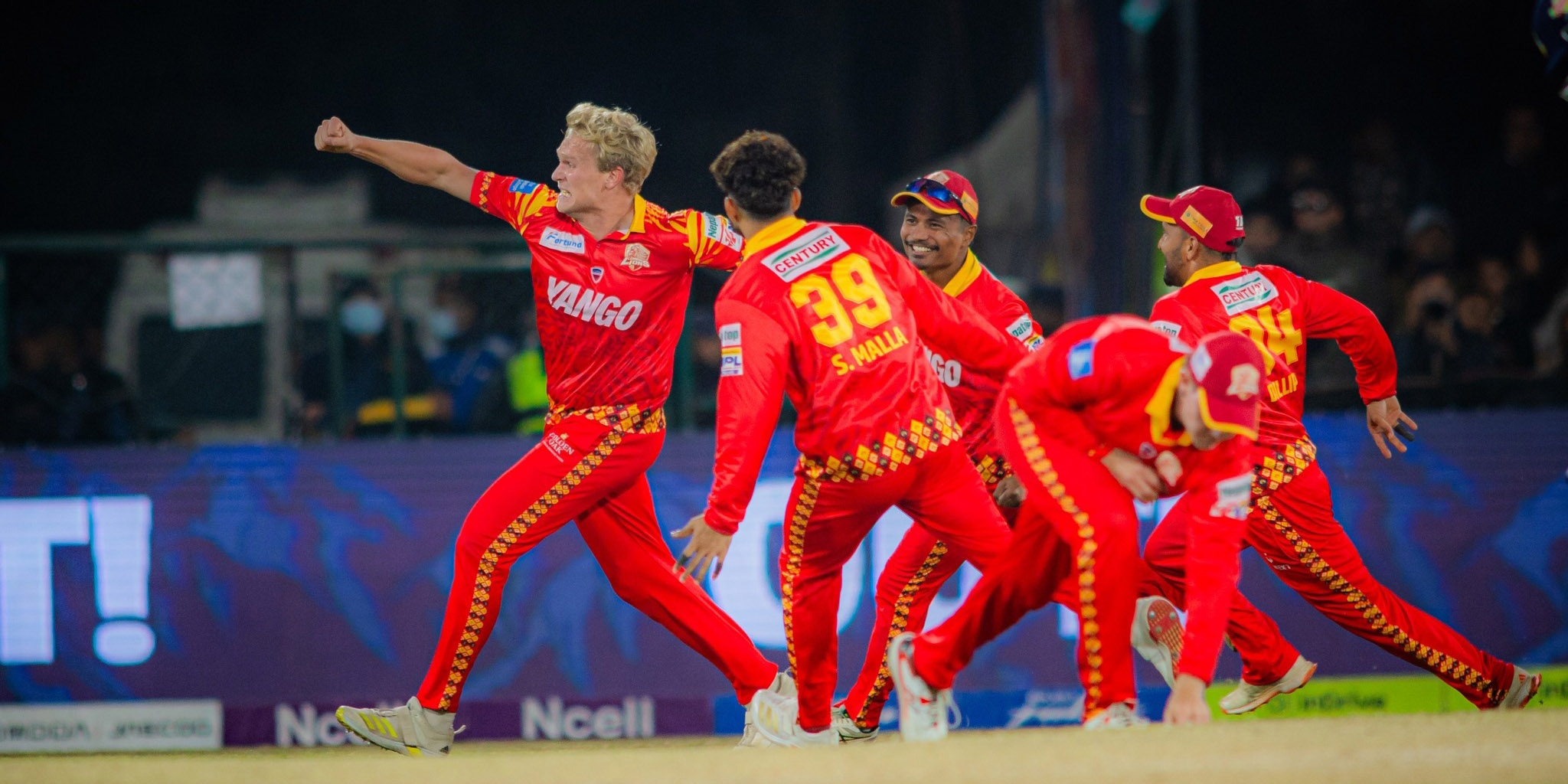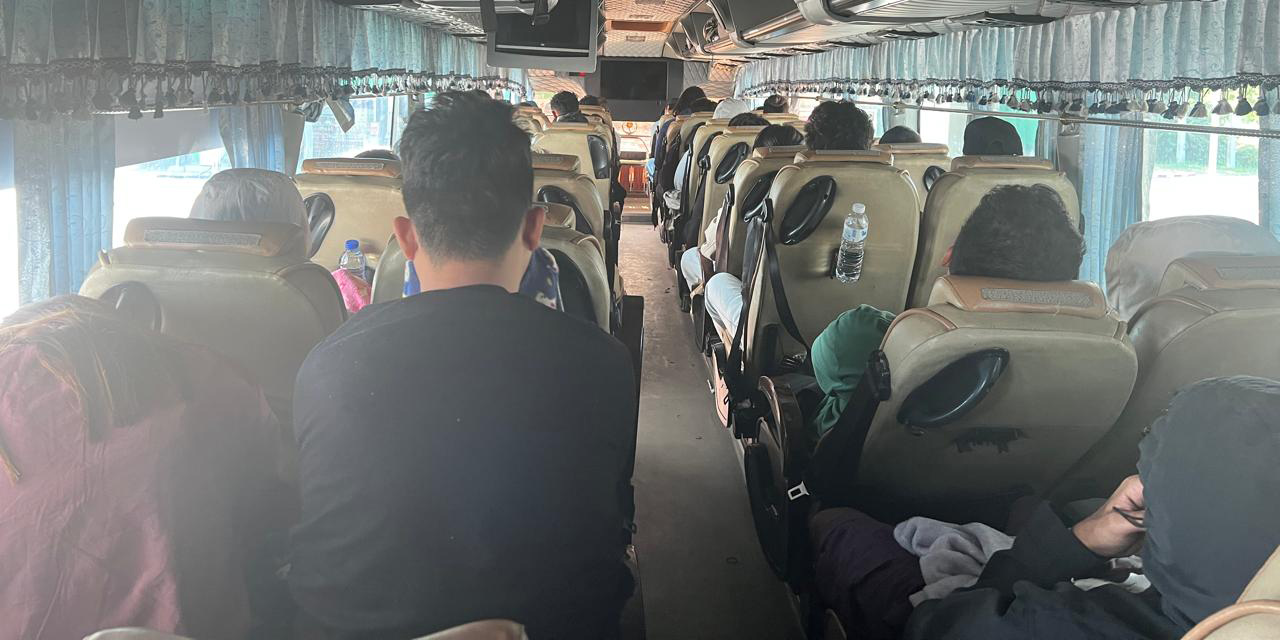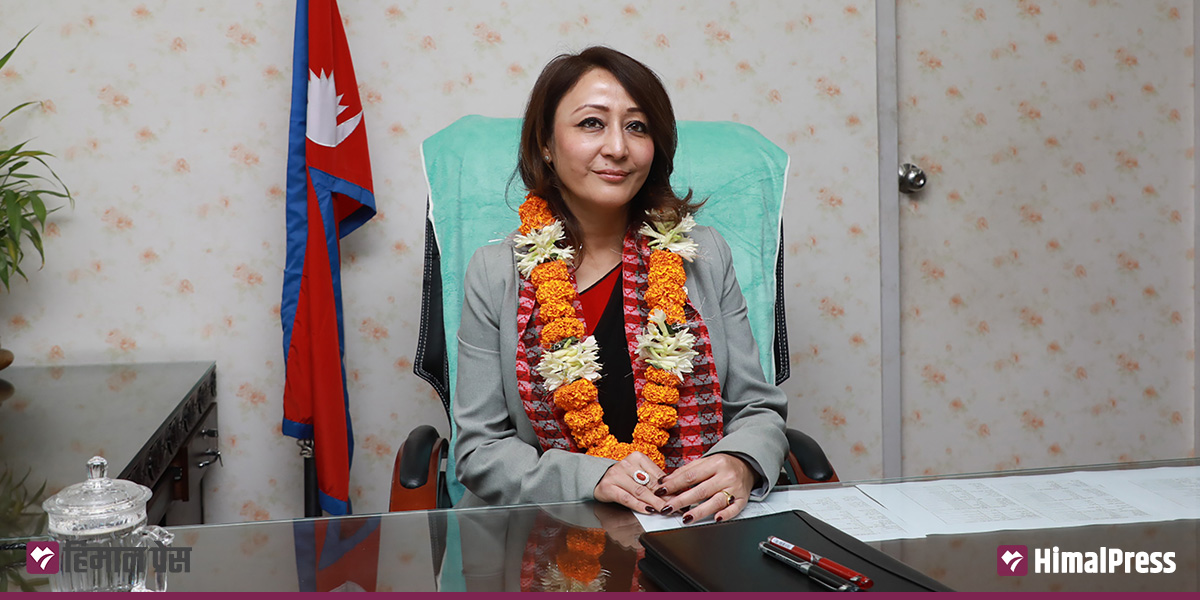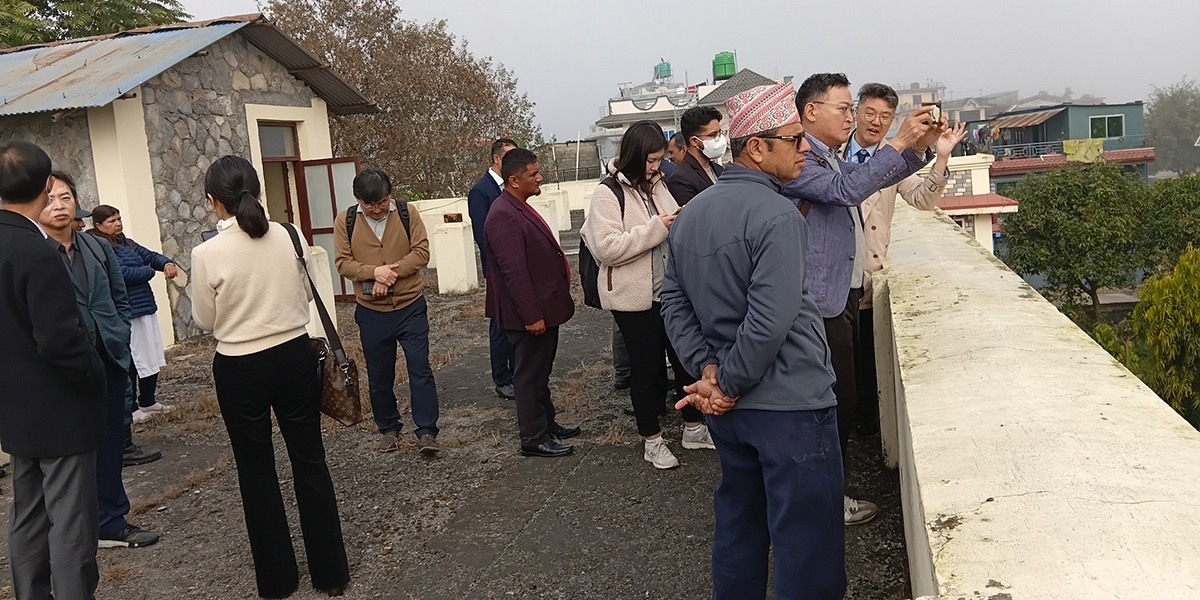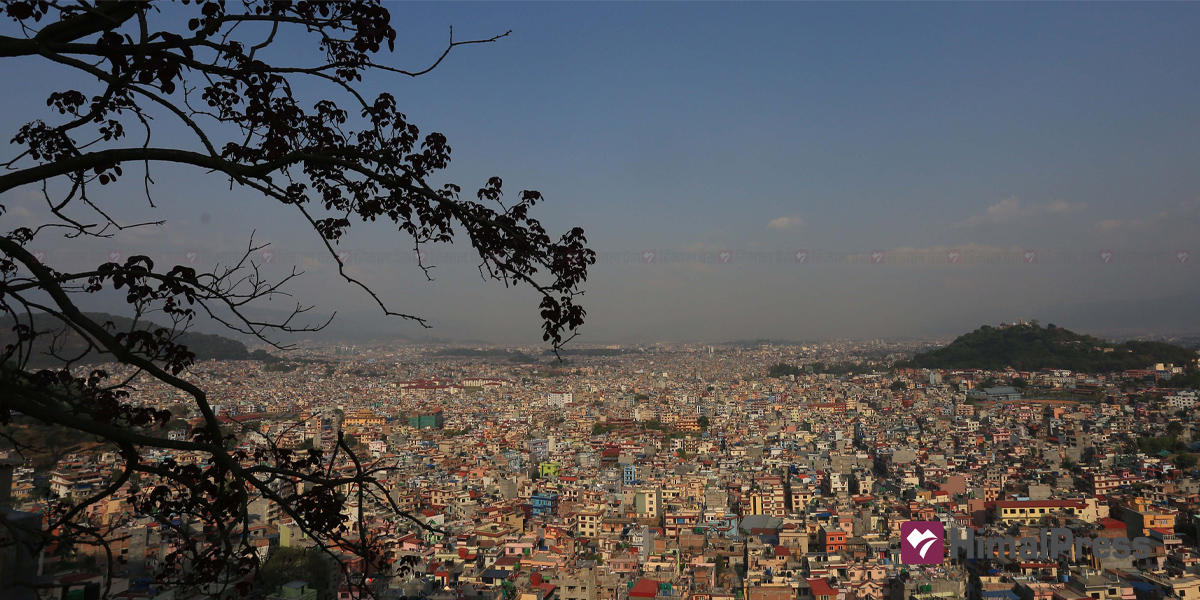
KATHMANDU: In 1990, Japan International Cooperation Agency (JICA) conducted a comprehensive study on the groundwater reserves of Kathmandu Valley. The four-year study revealed that the groundwater reserves in the valley had depleted by 10 meters. Stating that the groundwater level was depleting with every passing year, JICA suggested that only 150 million liters of water should be extracted.
However, the current extraction rate in Kathmandu exceeds JICA’s recommended limit by more than nine times. Kathmandu is extracting 130 million liters of water from the ground through 549 wells every day, according to Prabin Chandra KC, a hydrogeologist with the Kathmandu Valley Water Supply Management Board.
KC added that a total of 423 companies have been granted permission to extract groundwater in Kathmandu Valley, with 126 applications currently under processing.
KUKL alone operates 224 wells in the valley for groundwater extraction.
Kathmandu Upatyaka Khanepani Limited (KUKL), a public company managing the supply of drinking water in Kathmandu Valley, alone operates 224 wells in the valley for groundwater extraction.
“Many wells that were previously extracting shallow water have now shifted to deepwater, ” KC added.
This shift to deeper wells indicates the increasing strain on the groundwater resources in the valley, as companies are forced to drill deeper to access water due to the depletion of shallow groundwater reserves.
Water up to 30 meters deep is referred to as shallow water, while water more than 30 meters deep is deep water.
KC also highlighted that groundwater is a significant source of water supply in Kathmandu Valley, accounting for 40% of the total water supply. In addition to groundwater extraction by companies, many establishments such as water factories, housing societies, hospitals, hotels, and commercial buildings also heavily rely on groundwater for their daily water needs.

Groundwater reserve
There is a lack of scientific studies to determine the current groundwater reserves of Kathmandu Valley. The available studies are based on the findings of the JICA study conducted in the 1990s. KC estimates that Kathmandu Valley holds approximately 7,260 million cubic meters of shallow water and 56,183 million cubic meters of deep water. A cubic meter is equivalent to 1,000 liters.
“These calculations are made based on the JICA study. It is important to note that Kathmandu Valley cannot be considered a single groundwater basin. Instead, there are several basins within the valley that need to be taken into account when estimating the groundwater reserves,” he added.
Amid growing concerns over the declining groundwater levels in Kathmandu Valley, the board conducted a study in 2017 specifically focusing on the tube wells operating in the region. The study revealed that water levels in some wells had decreased, while others remained unchanged. KC explained that water levels tend to fall during the dry season but typically return to previous levels after the monsoon season.
After conducting the study, the board recognized the need to create a network of monitoring wells to get a clear picture of groundwater levels.
The board is currently digging 40 monitoring wells. “Twenty wells will be dug in the first phase. Of them, 10 have already been dug. Similarly, the sensor has already been fitted in one well. All 10 wells will have sensors fitted by June,” KC added.
A consultant hired by the board has suggested setting up monitoring wells at 60 locations.
The board plans to dig monitoring wells in Arubari, Bansbari, Panipokhari, Mulpani, Ratnapark, Singha Durbar premises, Samakhushi, Tokha and Jadibuti of Kathmandu, Balkumari, Harisiddhi, Sunakothi and Sundarighat of Lalitpur, and Sallaghari and Bansbari of Bhaktapur.
After the monitoring wells start operation, the board plans to analyze data of two years and prepare a report. “Only then will we be able to tell scientifically whether the water level is decreasing,” added KC.
Experts say these monitoring wells give real-time data on groundwater levels.
How safe are the reserves?
Based on the availability of water, water table, water use status, recharge potential, and population density, groundwater reserves in the valley have been categorized into three zones: safe, semi-sensitive, and sensitive zones.
The central region of the valley is considered a semi-sensitive zone, which means that the groundwater availability is moderate.
The safe zone includes areas where there is sufficient potential for groundwater availability, such as Gongabu, Dhapasi, Sangla, Nepaltar, Goldhunga, Kavresthali, Manamaiju, Dharmasthali, Tokha, Khadka Bhadrakali, Budhanilkantha, Chapali, Mahankal, Kapan, Chunikhel, Gokarna, Sundarijal, Mulpani, Gothatar, Nayapati, Thali, Jhor Mahankal, and Ichangu Narayan. The Bode and Manhara areas of Bhaktapur are also classified as safe zones.
The central region of the valley is considered a semi-sensitive zone, which means that the groundwater availability is moderate. This zone includes all the areas of Kathmandu metropolis, Sitapaila, Syuchatar, Naikap, Tinthana, Balambu, Machhegaun, Satungal, Matatirtha, and Badbhanjyang of Kathmandu. Additionally, the urban areas of Lalitpur and Bhaktapur’s Kupandol and Jwagal are also included in this zone.
The southern region of the Kathmandu Valley falls under the sensitive zone, where the availability of groundwater is below average. This zone comprises all parts of southern Kathmandu, except Dakshinkali, Shesh Narayan, and Chaimle. Additionally, all areas of Lalitpur, except Kupandol and Jwagal, and almost all of Bhaktapur, except urban areas, are also in the sensitive zone.
Weak Monitoring
The Guidelines for Issuing Permits for Extraction and Use of Groundwater impose restrictions on digging beyond 30 meters in safe zones and 50 meters in other areas, except for household use. Gravel packing and clay sealing should be done up to that depth, and the structure should be prepared in a way that enables the measurement of groundwater levels.
However, according to water resources expert Madhukar Upadhya, concerned bodies are overlooking the excessive extraction of groundwater in Kathmandu. He pointed out that the water industry, hotels, and other institutions are extracting large volumes of groundwater, and it does not seem to be effectively regulated.
The monitoring committee has identified several issues during inspections, including broken bulk meters that have not been replaced in many places, extraction of water beyond the specified limit, uncleaned tubewells, and garbage thrown near wells. However, despite these findings, no action has been taken against the wrongdoers. The monitoring committee is imposing fines of up to Rs 50,000 on those who violate the regulations.
Although the board can order the closure of pumps if water extraction does not comply with the established criteria, no action has been taken so far. KC said this because it is a sensitive matter related to people’s access to water. “If wells are closed, it will impact many people,” he added.
According to KC, while some wells distributing water via tankers have been found to be extracting water beyond the specified limit, no action has been taken except for imposing fines.
Earlier, it was said that the monitoring would be stricter after the distribution of Melamchi water to Kathmandu. However, since Melamchi water is not entirely dependable, the authorities have not been able to take strict action, added KC.
Upadhya suspects that there may be internal interests at play behind the uncontrolled extraction of groundwater. “It was said that excessive extraction would be regulated after the distribution of Melamchi water in Kathmandu. But the extraction is continuing at the same pace,” he added.
Land surface subsidence
In 2014, the Geology Department of Tri Chandra College, together with Nepal Academcy of Science and Technology (NAST) and US-based UNAVCO, conducted a study on land surface in Kathmandu Valley. Although the final report of the study is yet to be published, data shows land surface is subsiding by 3 to 16 emters every year.
“Although we have not arrived at any conclusion yet, land surface subsidence has been seen. We have collected a lot of data through GPS. It is still being analyzed,” said geologist Dr Ananta Gajurel, a member of the study team, said.
According to Gajurel, one of the reasons bheind land subsidence is the excessive groundwater extraction. “Groundwater reserve is not recharging due to lack of open spaces in the valley because of rapid urabanization,” he added.
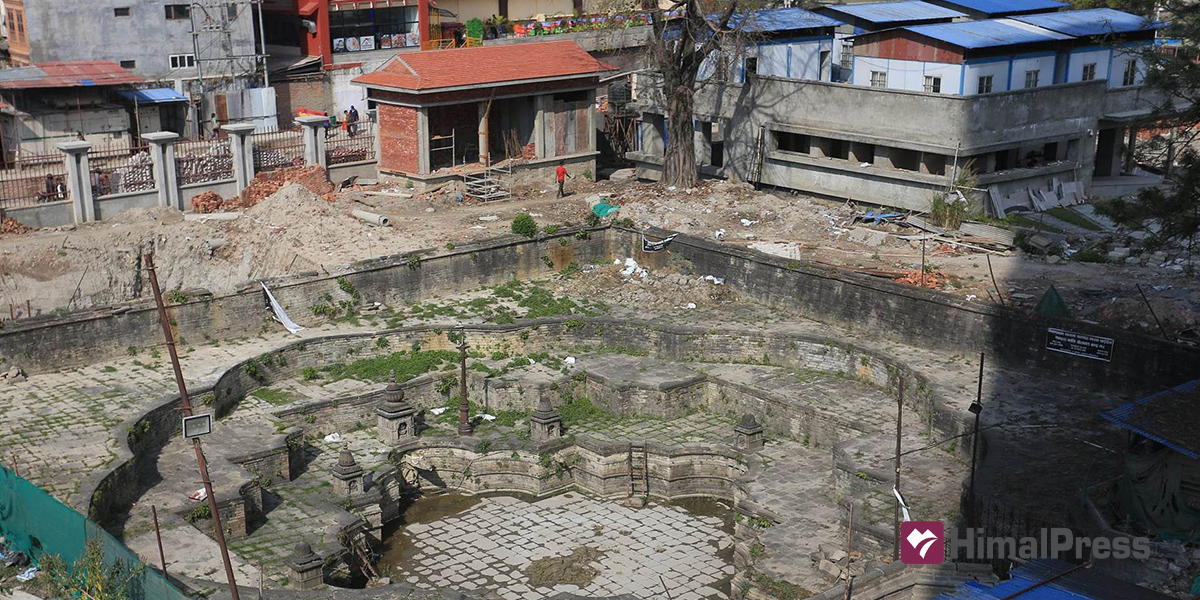
Slow recharge
While Kathmandu is extracting tens of millions of liters of underground water, the groundwater reserve is not getting recharged. This is due to the increasing use of concrete and rapid urbanization which prevents rainwater from seeping into the ground.
Upadhya warns that if groundwater is not recharged, the groundwater reserve may be exhausted one day, leading to a shortage of water even for basic needs. “Rainwater harvesting is necessary to recharge groundwater. “Earlier, Kathmandu had a lot of space and the groundwater reserve was charging. This is not the case today,” he said
KC also acknowledged the slow pace of groundwater recharge. While natural recharging is possible in some areas like Budhanilkantha, Jorpati, Kapan, and Chandragiri, the recharge zones are also shrinking due to rapid urbanization, he added.
Dr. Subodh Sharma, an environmental expert, recommends maximizing the use of rainwater and adopting techniques to recharge groundwater. “Rainwater can be used for household purposes such as drinking, laundry, etc. Likewise, people should avoid using concrete for their home compounds and instead opt for turf paving,” added Sharma. He also recommends building reservoirs for groundwater recharging.


![High-mast lights installed at 62 intersections in Kathmandu [In Pictures]](https://en.himalpress.com/wp-content/uploads/2025/10/kathmandu-night.jpg)
